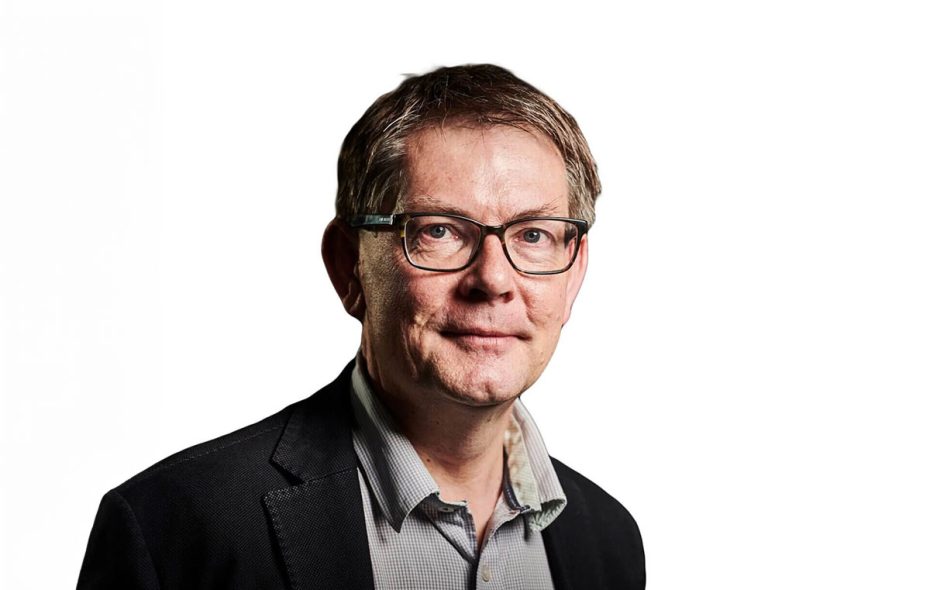
The UK is good at research, but poor at innovation. That’s a common view among policymakers, but an out-dated one, argues Andy Muir from the UK Innovation & Science Seed Fund who recently judged the BBSRC Innovator of the Year Award 2019.
The UK is world class at producing scientific research, but poor at commercialising those opportunities for the benefit of society and the economy. It’s a view that Andy Muir, Investment Director at the UK Innovation & Science Seed Fund, has heard many times over the last two decades.
“It’s a hangover from what people thought twenty years ago,” he explains. “There’s this image of a plucky, but unlucky British boffin, who is terribly bright, but not enormously practical.”
The British-built Beagle 2 crashing into Mars is probably the best-remembered case among the public, he explains, but there are others. Computed tomography (CT) scanners, for example, were invented by Nobel Laureate Sir Godfrey Hounsfield and, by reconstructing the interior of the body using X-rays and computer technology, were responsible for the first detailed picture inside a living human brain. However, the British company Hounsfield worked for sold only a handful of scanners.
In the 1980s, prime minister Margaret Thatcher championed pure science and discouraged government funding into industrial innovation, argues an article in the 29 May edition of Research Fortnight. Despite a history of innovation by Brits, such as James Dyson, inventor of the bagless vacuum cleaner, and Tim Berners-Lee, who came up with the idea of the World Wide Web, over the last decade, the UK has had to relearn how to implement a government-funded industrial strategy.
Today, Muir argues, the British are turning world-class research into outstanding innovations. A good example comes from his experience judging the recent BBSRC Innovator of the Year. Awarded on 15 May 2019, the awards celebrate BBSRC-funded scientists who have made a major social or commercial impact thanks to their research.
“The academics were great communicators, all able to articulate the problem their research was able to start to address,” he explains. Although there were only 12 finalists, they faced hard competition – against three times that number of applicants. “It was a difficult job choosing the top two, three or four, especially in the commercial category in which I was most involved.”
The Innovator of the Year has four award categories: commercial impact for products and services, social impact, international impact, and early career impact. It aims to reward where investments in bioscience research have led to the successful creation of spinout companies or social enterprises, collaborations with business, and working with policy makers, in the UK and abroad.
The finalists covered an enormous variety of endeavours, with innovations ranging from animal health to medical devices and renewable energy, and were not limited to commercial products. The international and social categories also covered research where the impacts may extend beyond blockbuster revenue.
An example of the latter, he explains, is Dr Diane Saunders and her team, from the John Innes Centre, who won the international impact award for their work on detecting early-stage disease in Ethiopian wheat to intervene with pest management. “The researchers won’t get a lot of money, but the economic impact on Ethiopia is high,” Muir says.
Other award winners include Professor Achillefs Kapanidis from the University of Oxford, and Mr Bo Jing, CEO of Oxford Nanoimaging, who won the overall and commercial impact awards, Dr George Frodsham from Medisieve Limited, who won early career impact, and Professor Alan Radford and his team at the University of Liverpool, who won the social impact award.
As Muir points out, this competition only covers BBSRC-funded research - a tiny fraction of the innovation taking place in the UK – and is only one award in a year. Atelerix, a company in the UK Innovation & Science Seed Fund portfolio, for example, was a competition finalist in 2014 – and is going from strength-to-strength today.
It’s no surprise, therefore, that he believes the British have no problems turning innovation into action, with the help of a sophisticated supporting ecosystem.